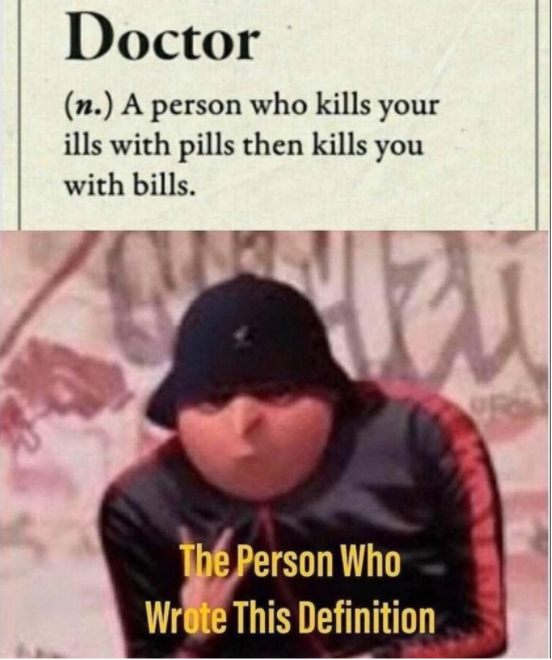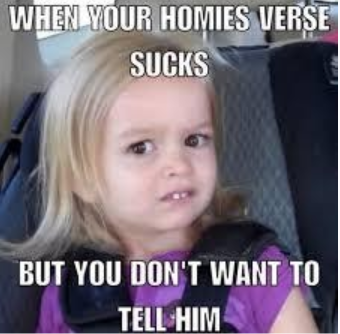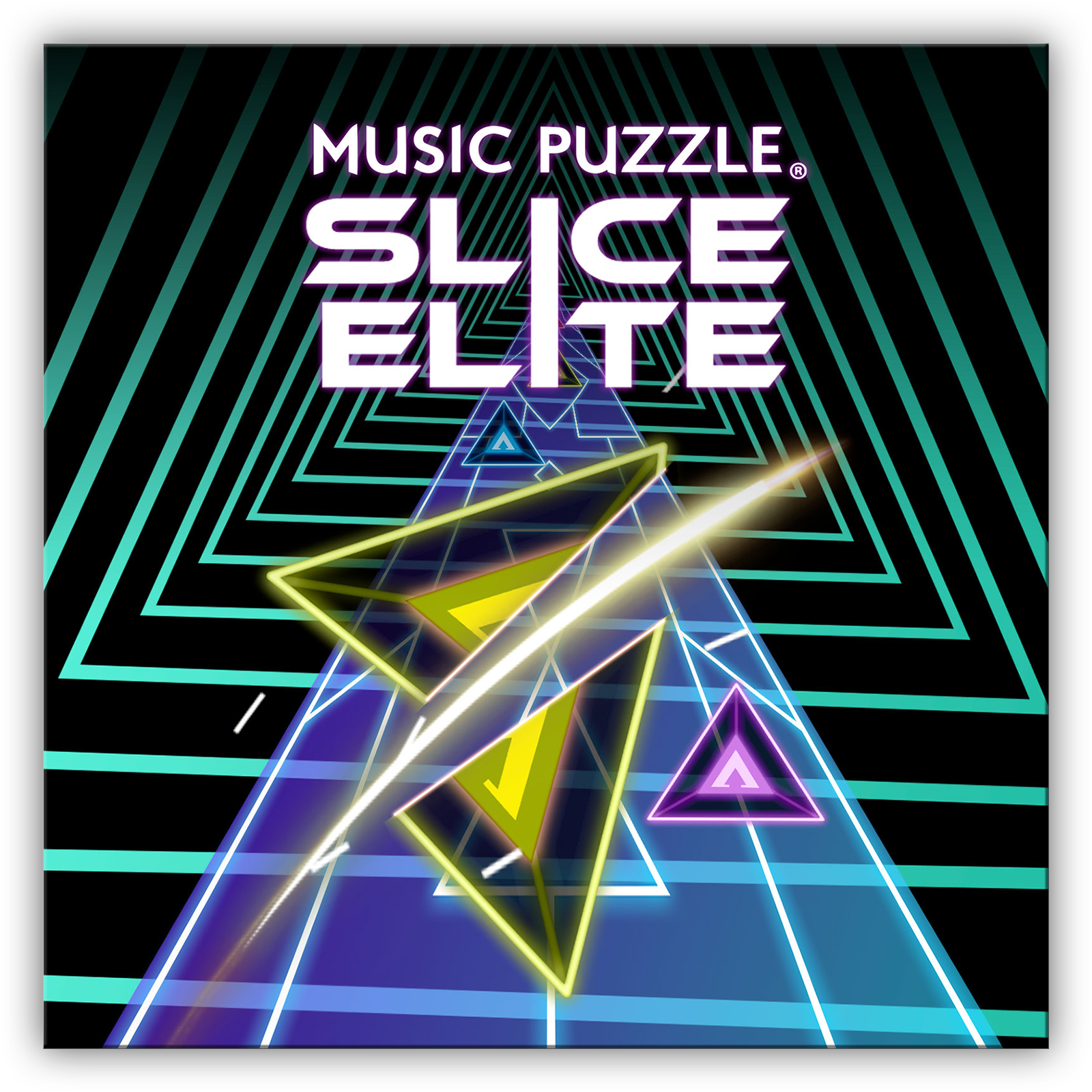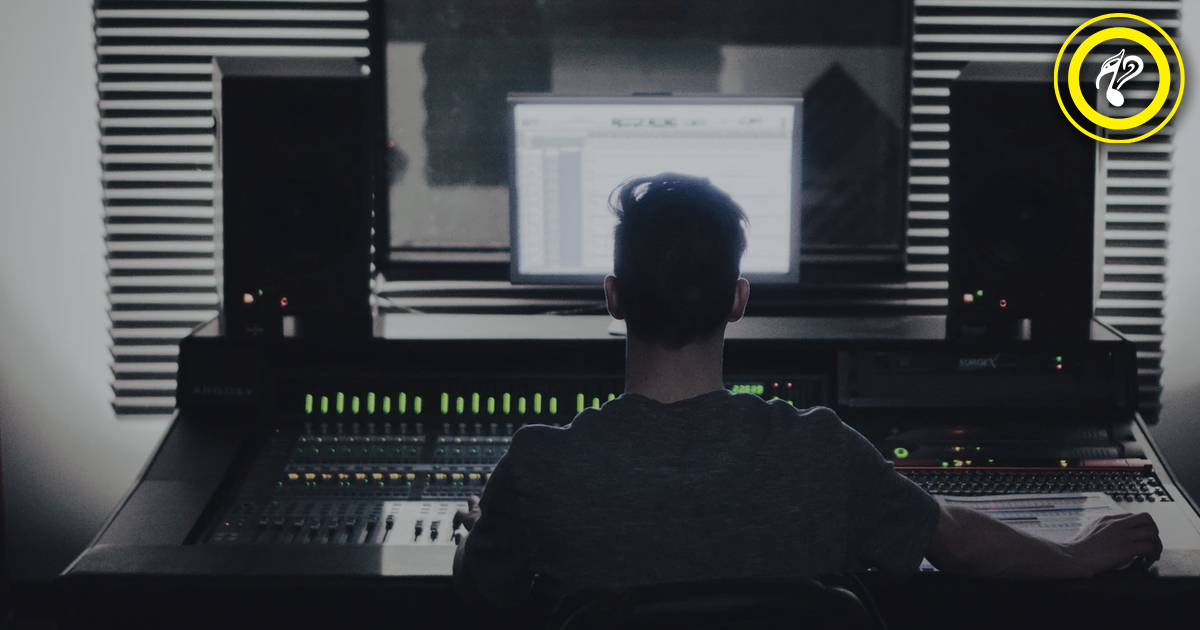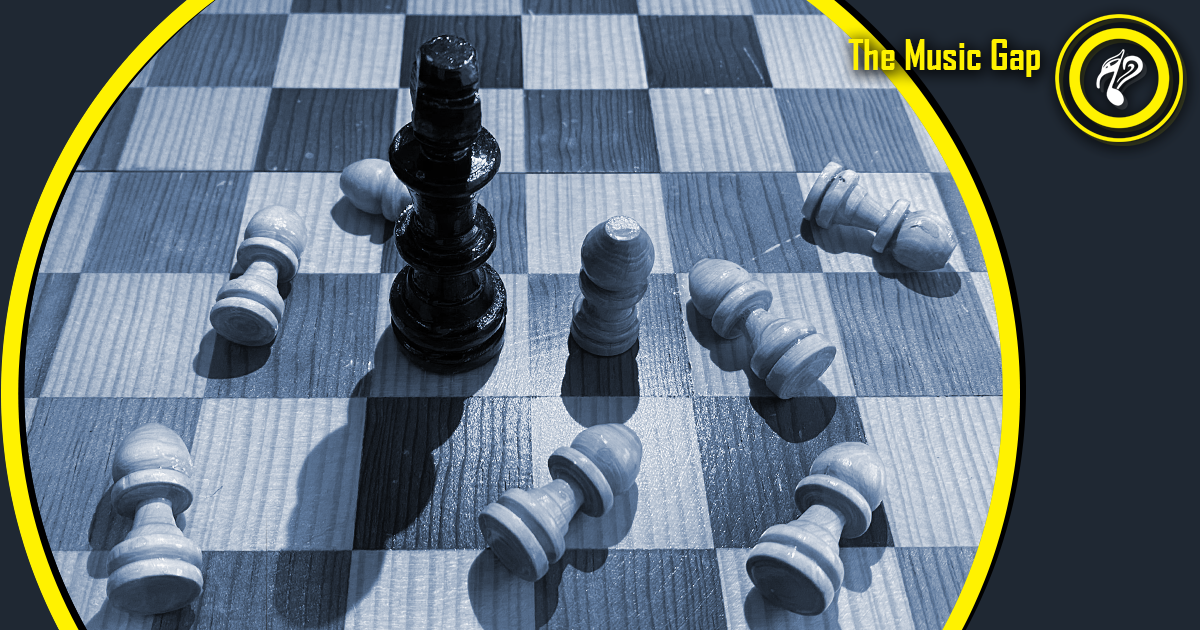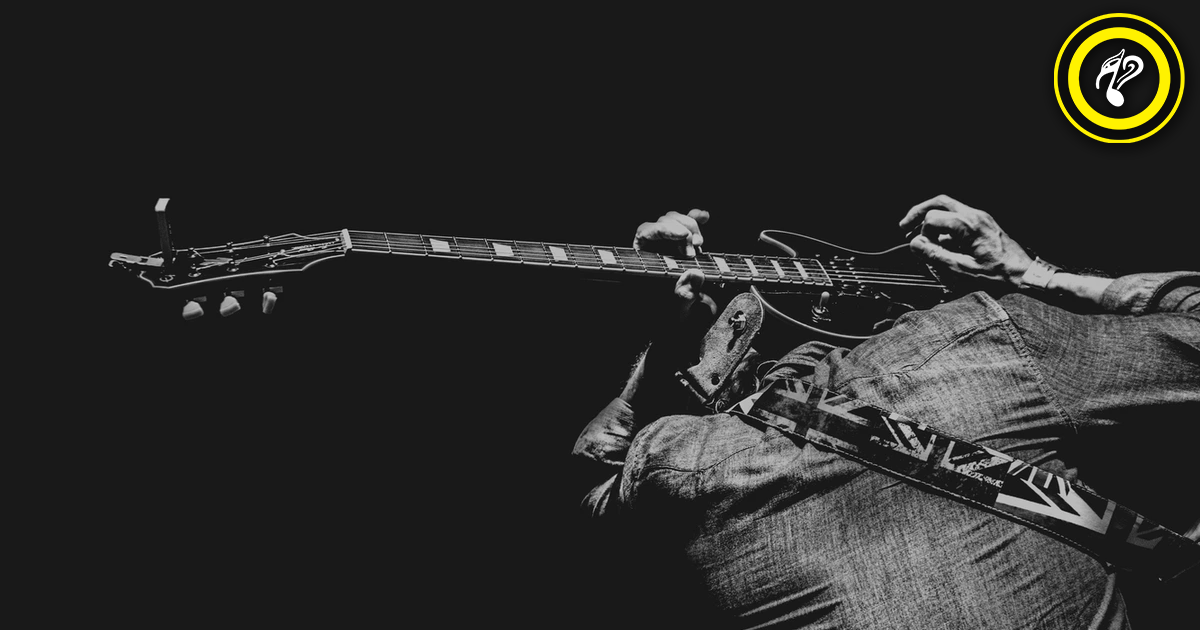What is rap?
Poetry to the beat of music

As we’ve previously seen, many of today's genres were born from the African-American community. So, in order to understand rap, we first have to get closer to its origins in hip hop.
Hip Hop
Contrary to what many believe, Hip hop isn’t just a musical style, it’s a whole cultural movement born in the Bronx during the seventies. This movement involves several notable aspects.
- Rap: Oral expression that combines a skillful use of rhymes, poetry, rhythmic speech and slang. Rap is simply the act of rapping or saying rhymes on a beat track, while hip hop ranges from rapping to music and culture. MC or master of ceremony is the name commonly given to rappers.
- DJing: The art of creating danceable musical sequences by mixing music, sound effects, and adding spinning and scratching techniques offered by turntables. Vinyl records were used originally, but now digital tracks are available. The term "djing" refers to the act of DJing or mixing records by a disc jockey or DJ.
- Breaking or breakdance: This is a street-origin dance typical of hip hop. It earned its name thanks to the period of time where dance floors ran out of music, which was called break. That moment was used to let loose this dancing that includes fast, complex and acrobatic movements. People who breakdance are referred to as B-Boys and B-Girls.
- Graffiti: It’s the art of painting or scratching on the walls in a free form. Although today it’s an artistic urban movement closely linked to muralism, it’s also done illegally (altering private property is a crime), with messages and drawings that range from the satirical and the artistic, to something as simple as two letters, the gang’s name, or someone’s territorial mark. In several countries, graffiti is punishable by law and thus a crime. For this reason, many graffiti artists use pseudonyms and choose to remain anonymous.
Rap, along with djing, make up the musical part of the hip hop movement. These are the basics of rap:
Basic concepts
- Out with the rules: Singing or rapping out of tune lyrics that range from everyday topics to controversial and sensitive (weapons, drugs, sex or crime) is common, but not absolute. Starting in the nineties, several currents that handled different themes emerged, being conscious rap one of the most interesting trends.
- Sampling (fragment of recorded audio): Classical, soul, jazz or blues music fragments used to create musical bases. Here’s an example:
The best rap samples of the 2010s:
- You need Flow: This is the ability to rap rhythmically with your own style and ease on a musical track. It’s determined by your mastery over your lyrics and rhythm. It’s difficult to describe what flow is, but one thing’s for certain: you either have it, or you don't.
- Rap battles are frequent: Part of the rap’s charm is the one on one battles between two MCs. The goal of these encounters is to dominate the opponent through the use of clever words and rhymes that “kill” or defeat the rival's previous verse, as well as its flow. The audience serves as tension and adds emotion, since a well-executed rhyme can drive the audience crazy. Although rap battles have been around for a lot of time, they’ve grown in popularity in recent times. As an example, here is a video from Urban Roosters:
Rhymes that ended the battle:
- It’s no longer a genre solely for the black community: There are several prominent MCs or rappers from different ethnicities, cultures and nationalities. Such is the case with Eminem, the three members of the hip hop band Beastie Boys, Mac Miller, Iggy Azalea, Aesop Rock, Residente (Calle 13), Everlast (House of Pain), Fred Durst (Limp Bizkit) and many more, which for decades have popularized rap and hip hop by fusing it, at times, with well- known and accepted genres.
Harmony
Just as rock has several subgenres, so does hip hop. Since the rhymes have the spotlight instead of music, we find out that the accompaniment is usually simple. Generally, a minor key is used to give seriousness to the rhymes, but it’s not always the case. It’s not uncommon to find rhythmic tracks composed only with percussion and bass. The beats are insistent and solid to help the performer with its rapping.
In the structure department, there are pieces consisting of pure continuous rap. However, there are others that contain a more complex structure with instrumental music, as well as choruses, pre-choruses and interludes.
Dr. Dre feat Snoop Dog – Still D.R.E:
Common assemblies
- Rappers, plus a DJ: A common ensemble where rappers prefer to rely on beats and tracks modified by the DJ.
Beastie Boys y Mix Master Mike - Three MCs and One DJ:
- Rappers, plus live instrumental band: Rappers are also accompanied by musicians playing instruments such as guitar, drums, bass, wind instruments, piano and others.
Mac Miller - Ladders:
Prominent subgenera
Freestyle: Improvisation is key here; this style is used during rap battles.
Eminem biggest freestyle in the world:
Rap Metal: Merging these two styles gave birth to bands like Rage Against The Machine, Korn, Linkin Park, Limp Bizkit or Papa Roach.
Papa Roach - Infest:
Gangsta Rap: This genre arose in communities where crime, poverty and violence are common, and it’s the first thing that comes to mind when we think of rap. Its lyrics consist mostly of crime, sex and use of narcotics.
Coolio feat L.V. – Gangsta´s Paradise:
Famous Rap Artists
The Notorious B.I.G.
Eminem:
Dr. Dre feat Snoop Dog - Nuthin’ But A G Thang:
2Pac:
Residente:
XXXTENTACION:
Read our article on hip hop to learn more about this type of artistic expression!
What rap / hip hop artists do you like? Write to us!
https://es.wikipedia.org/wiki/Gangsta_rap
https://es.wikipedia.org/wiki/Rap
https://es.wikipedia.org/wiki/Hip_hop
If you enjoyed the article, you'll love these games:
